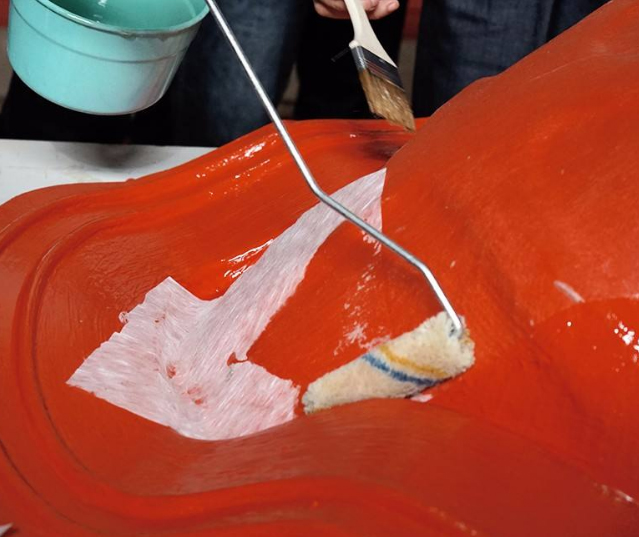Analysis of the causes and solutions of glass fiber exposure
 Oct 31, 2023|
Oct 31, 2023| View:310
View:310For a long time, in order to improve the strength and temperature resistance of products, using glass fiber to enhance and modify plastics has become a very good choice. A large number of facts have also proven the good performance brought by glass fiber. However, glass fiber and plastic themselves are two different materials, which naturally raises compatibility issues between the two. Exposed fiberglass (also known as floating fiber) is a direct manifestation of compatibility issues between the two. And the exposure of fiberglass is also a common problem that troubles many friends during the injection molding process of fiberglass materials.
So how does the exposure of fiberglass come about? Some friends may not have seen direct fiberglass. In short, fiberglass can be divided into long and short fibers in terms of form, which are bundles of white. Fiber adding material is made by blending glass fiber and resin into granules.

During glue injection, the flow of the material is similar to the flow of a liquid. You should have seen inside the river. When there are some branches and other debris in the river, there are often some such things that cling to the riverbank and stay along the bank. If it is in injection molding, it means that the glass fiber is exposed. This is because the flowability of glass fiber is much worse than that of plastic, and the flow of plastic in the mold flows forward from the middle of the interlayer, flipping both sides outward. Therefore, the best flowability is definitely to run to the front, while those with poor flowability will stay on the surface of the mold.
Meanwhile, glass fiber has a promoting effect on crystallization, while PP and PA are both crystalline materials. Quick crystallization and quick cooling; Fast cooling makes it difficult for glass fibers to be bound and covered by resin, making it easy for glass fibers to be exposed.
If the reason is clear, then we should go and solve it, right?
There are currently several common solutions:
Material
① Considering the compatibility between glass fiber and matrix, surface treatment of glass fiber is carried out, such as adding some coupling agents and grafts;
② Adding lubricants mainly takes into account the dispersion of glass fibers and the external lubrication effect of some lubricants, which can easily run to the surface of the product during molding to form a smooth layer.
③ There are also some other fillers that have improved the effect, so we won't list them all here.
Injection molding
① Increase material temperature and mold temperature;
② High pressure and high speed;
③ Adopting Rapid Hot and Cold Forming Technology (RHCM). Because if the molten plastic solidifies too quickly when it comes into contact with the mold wall, the glass fibers cannot be fully covered, resulting in surface floating fibers. For RHCM molding, due to the high mold temperature, the glass fibers at the cavity interface can be completely covered by plastic melt, and due to the melting state of this area, the orientation of the glass fibers tends to be consistent, ensuring uniform shrinkage and thus ensuring molding quality.
mold
Deliberately create a matte or etched surface on the appearance of the product to reduce the visual reaction of glass fiber exposure.
At present, the most commonly used fiber reinforced material on the market is nylon fiber reinforced material. Due to the exposure of fiberglass, the application of this type of product is limited to some extent, and currently it is mainly used in high-strength structural components. And those that use fiber reinforced materials for appearance parts are basically matte or etched surfaces (such as power tools), because ordinary fiber reinforced materials are difficult to achieve a bright appearance.












